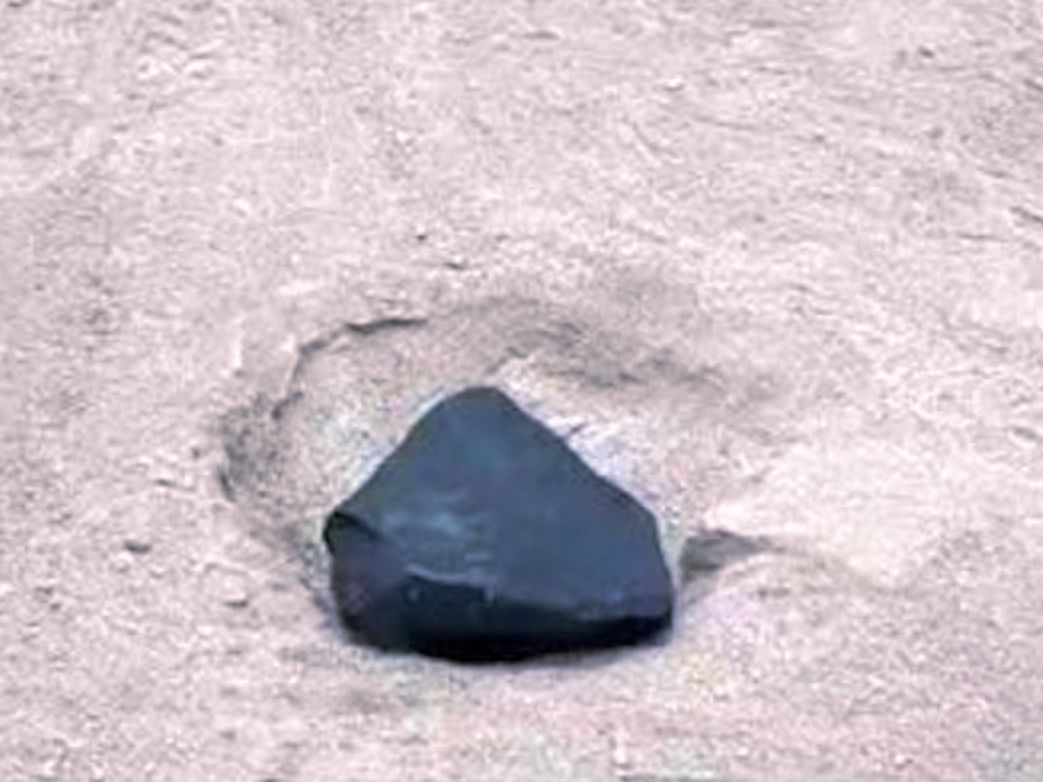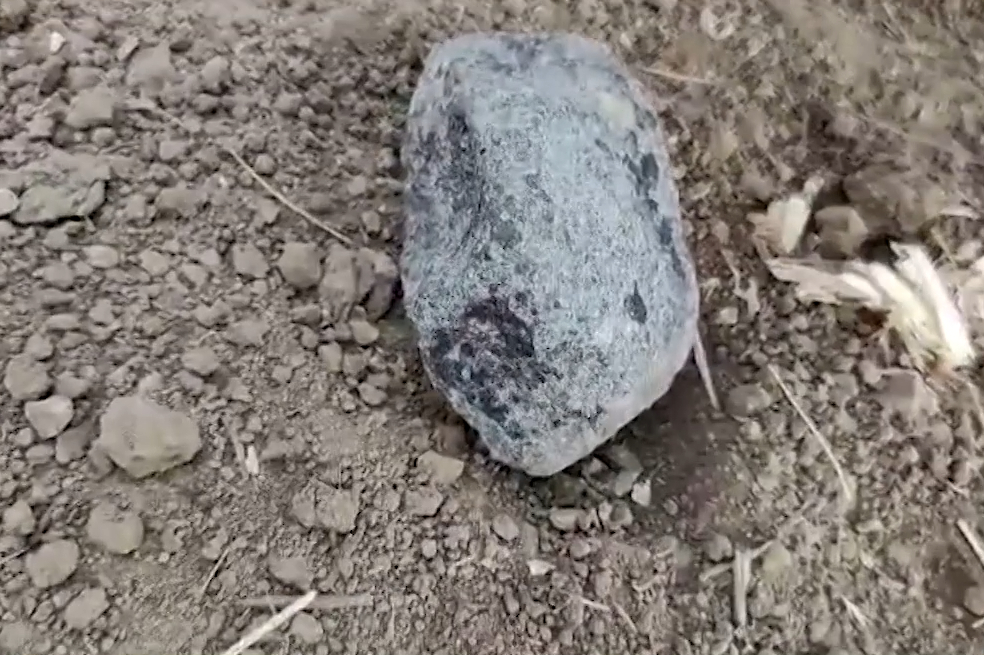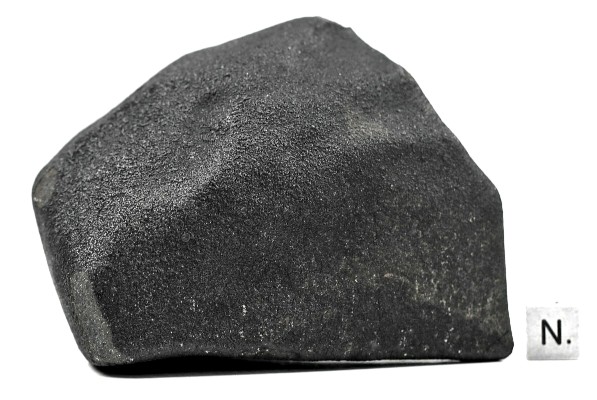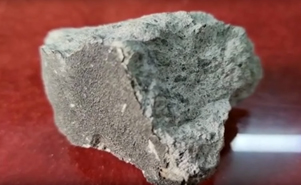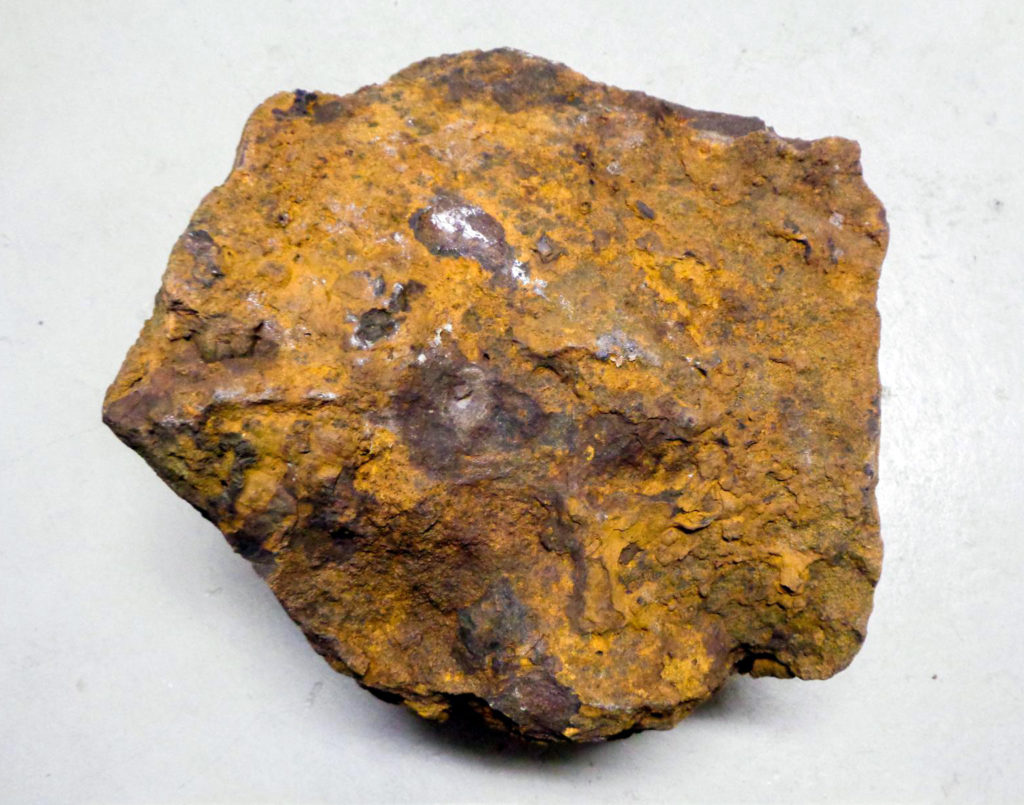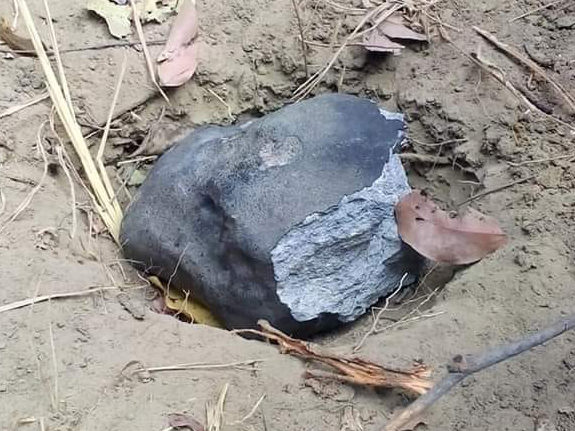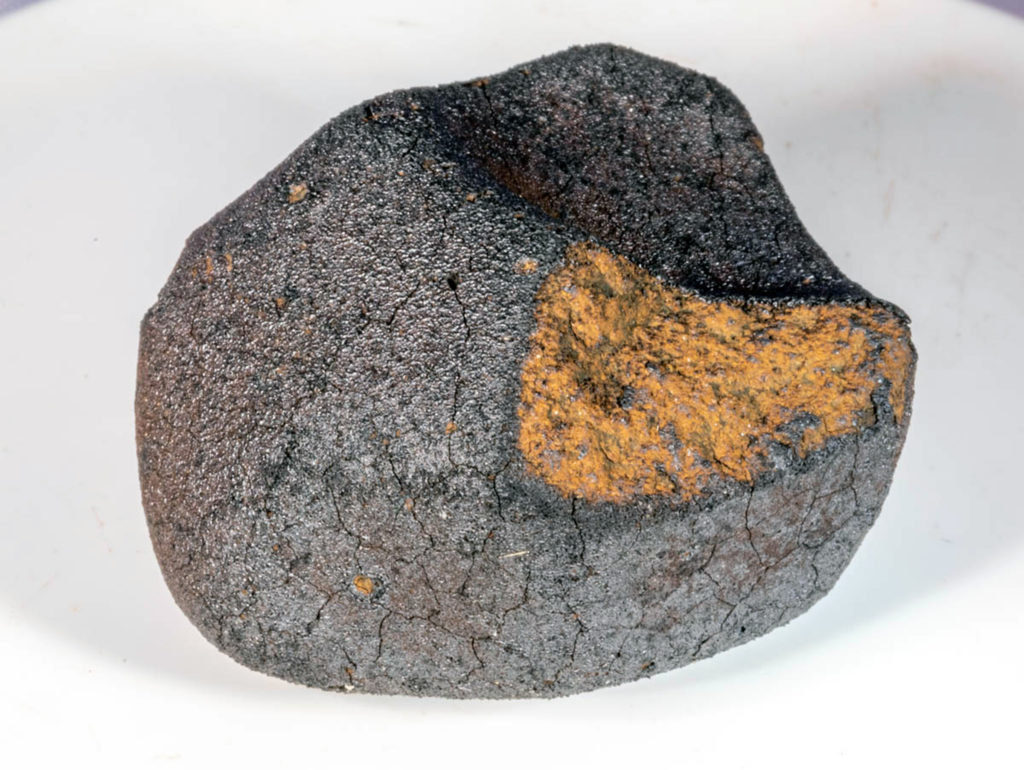Physicochemical Controls on the Compositions of the Earth and PlanetsOPEN ACCESS
Paolo A. Sossi, Remco C. Hin, Thorsten Kleine, Alessandro Morbidelli & Francis Nimmo Space Science Reviews, Volume 221, article number 118, Published: 25 November 2025 LINK (OPEN ACCESS)PDF (OPEN ACCESS) “Despite the fact that the…
The late formation of chondrites as a consequence of Jupiter-induced gaps and ringsOPEN ACCESS
Baibhav Srivastava and André Izidoro Science Advances, 22 Oct 2025, Vol 11, Issue 43 LINK (OPEN ACCESS)PDF (OPEN ACCESS) “Accretion ages of the first planetesimals—parent bodies of magmatic iron meteorites—suggest that they formed within the…
Rapid protoplanet formation in the outer Solar System recorded in a dunite from the carbonaceous chondrite reservoirOPEN ACCESS
B. G. Rider-Stokes, X. Zhao, S. L. Jackson, M. D. Suttle, I. A. Franchi, L. F. White, R. C. Greenwood, M. J. Whitehouse, L. Riches, M. Anand, B. Hoefnagels & M. M. Grady Communications Earth…
Size–Frequency Distribution of Terrestrial Leftover Planetesimals and S-complex Implanted AsteroidsOPEN ACCESS
Rogerio Deienno, André Izidoro, David Nesvorný, William F. Bottke, Fernando Roig, and Simone Marchi The Astrophysical Journal, Volume 986, Number 2, 12 June 2025 LINK (OPEN ACCESS)PDF (OPEN ACCESS) “The isotopic composition of meteorites linked…
The cosmochemistry of planetary systems
Martin Bizzarro, Anders Johansen & Caroline Dorn Nature Reviews Chemistry, Review Article, Published: 28 April 2025 LINK “Planets form and obtain their compositions from the leftover material present in protoplanetary disks of dust and gas…
Early Solar System Turbulence Constrained by High Oxidation States in the Oldest Noncarbonaceous PlanetesimalsOPEN ACCESS
Teng Ee Yap, Konstantin Batygin and François L. H. Tissot The Planetary Science Journal, Volume 6, Number 1 LINK (OPEN ACCESS)PDF (OPEN ACCESS) “Early solar system (SS) planetesimals constitute the parent bodies of most meteorites…
Outgassing Composition of the Murchison Meteorite: Implications for Volatile Depletion of Planetesimals and Interior-atmosphere Connections for Terrestrial ExoplanetsOPEN ACCESS
Maggie A. Thompson, Myriam Telus, Graham Harper Edwards, Laura Schaefer, Jasmeet Dhaliwal, Brian Dreyer, Jonathan J. Fortney and Kyle Kim The Planetary Science Journal, Volume 4, Number 10 LINK (OPEN ACCESS)PDF (OPEN ACCESS) “Outgassing is…
Dynamical orbital evolution of asteroids and planetesimals across distinct chemical reservoirs due to accretion growth of planets in the early solar systemOPEN ACCESS
Sandeep Sahijpal Astrophysics & Astronomy, 2023, Preprint PDF (OPEN ACCESS) “N-body numerical simulations code for the orbital motion of asteroids/planetesimals within the asteroid belt under the gravitational influence of the sun and the accreting planets…
Silicon isotope constraints on terrestrial planet accretionOPEN ACCESS
Isaac J. Onyett, Martin Schiller, Georgy V. Makhatadze, Zhengbin Deng, Anders Johansen & Martin Bizzarro NaturePublished: 14 June 2023 LINK (OPEN ACCESS)PDF (OPEN ACCESS) “Understanding the nature and origin of the precursor material to terrestrial…
The Fate of Nitrogen during Parent Body Partial Melting and Accretion of the Inner Solar System Bodies at Reducing Conditions
Rajdeep Dasgupta, Emily Falksen, Aindrila Pal, Chenguang Sun Geochimica et Cosmochimica ActaAvailable online 23 September 2022 LINK “Evolution of nitrogen (N), a life-essential volatile element, in highly reduced magmatic systems is a key for the…
Anatomy of rocky planets formed by rapid pebble accretion II. Differentiation by accretion energy and thermal blanketingOPEN ACCESS
Anders Johansen, Thomas Ronnet, Martin Schiller, Zhengbin Deng, Martin Bizzarro Version accepted for Astronomy & Astrophysics PDF (OPEN ACCESS) “We explore the heating and differentiation of rocky planets that grow by rapid pebble accretion. Our…
Anatomy of rocky planets formed by rapid pebble accretion I. How icy pebbles determine the core fraction and FeO contentsOPEN ACCESS
Anders Johansen, Thomas Ronnet, Martin Schiller, Zhengbin Deng, Martin Bizzarro Version accepted for Astronomy & Astrophysics PDF (OPEN ACCESS) “We present a series of papers dedicated to modelling the accretion and differentiation of rocky planets…
Terrestrial planet formation from lost inner solar system materialOPEN ACCESS
Christoph Burkhardt, Fridolin Spitzer, Alessandro Morbidelli, Gerrit Budde, Jan H. Render, Thomas S. Kruijer and Thorsten Kleine Science Advances, 22 Dec 2021, Vol 7, Issue 52 LINK (OPEN ACCESS)PDF (OPEN ACCESS) “Two fundamentally different processes…
Polluted white dwarfs reveal exotic mantle rock types on exoplanets in our solar neighborhoodOPEN ACCESS
Keith D. Putirka & Siyi Xu Nature Communications, Volume 12, Article number: 6168 (2021) LINK (OPEN ACCESS)PDF (OPEN ACCESS) “Prior studies have hypothesized that some polluted white dwarfs record continent-like granitic crust—which is abundant on…
The Effect of a Strong Pressure Bump in the Sun’s Natal Disk: Terrestrial Planet Formation via Planetesimal Accretion Rather than Pebble Accretion
André Izidoro, Bertram Bitsch, and Rajdeep Dasgupta The Astrophysical Journal, Volume 915, Number 1 LINK “Mass-independent isotopic anomalies of carbonaceous and noncarbonaceous meteorites show a clear dichotomy suggesting an efficient separation of the inner and…
What Can Meteorites Tell Us About the Formation of Jupiter?OPENA ACCESS
Benjamin P. Weiss, William F. Bottke CommentaryAGU AdvancesVolume 2, Issue 2June 2021 LINK (OPEN ACCESS)PDF (OPEN ACCESS) “Key Points Meteorite paleomagnetism constrains the lifetime of the solar nebula and therefore the time by which Jupiter…
Earth and Mars – distinct inner solar system products
Takashi Yoshizaki, William F. McDonough GeochemistryAvailable online 10 February 2021 LINK “Composition of terrestrial planets records planetary accretion, core-mantle and crust-mantle differentiation, and surface processes. Here we compare the compositional models of Earth and Mars…
Isotopically distinct terrestrial planets via local accretion
Jingyi Mah, Ramon Brasser IcarusAvailable online 21 August 2020, 114052 LINK “Highlights • We find out what the depleted disc model predicts for the terrestrial planets’ isotopic compositions.• The terrestrial planets accrete most of their…
Petrological evidence for the existence and disruption of a 500 km-sized differentiated planetesimal of enstatite-chondritic parentage
Dennis Harries, Addi Bischoff Earth and Planetary Science LettersVolume 548, 15 October 2020, 116506 LINK “Highlights • A unique enstatite-rich lithology was found among Almahata Sitta meteorite samples.• Petrology indicates a radius of ∼500 km…
The Non-carbonaceous–Carbonaceous Meteorite DichotomyOPEN ACCESS
T. Kleine, G. Budde, C. Burkhardt, T. S. Kruijer, E. A. Worsham, A. Morbidelli & F. Nimmo Space Science Reviews, Volume 216, Article number: 55 (2020) LINK (OPEN ACCESS)PDF (OPEN ACCESS) “The isotopic dichotomy between…
Accretion of the Earth—Missing Components?OPEN ACCESS
K. Mezger, M. Schönbächler & A. Bouvier Space Science Reviews, Volume 216, Article number: 27 (2020) Published: 04 March 2020 LINK (OPEN ACCESS) PDF (OPEN ACCESS) “Primitive meteorites preserve the chemical and isotopic composition of…
A reassessment of the iron isotope composition of the Moon and its implications for accretion and differentiation of terrestrial planets
Franck Poitrasson, Thomas Zambardi, Tomas Magna, Clive R. Neal Geochimica et Cosmochimica Acta Available online 30 September 2019 LINK “The Fe isotope composition of planetary bodies may provide constraints on their accretion modes and/or differentiation…
Dust Condensation in Evolving Discs and the Composition of Meteorites, Planetesimals, and PlanetsOPEN ACCESS
Min Li, Shichun Huang, Michail I. Petaev, Zhaohuan Zhu, Jason H. Steffen Submitted to MNRAS PDF (OPEN ACCESS) “Partial condensation of dust from the Solar nebula is thought to be responsible for the diverse chemical…
Origin of water in the inner Solar System: planetesimals scattered inward during Jupiter and Saturn’s rapid gas accretionOPEN ACCESS
Sean N. Raymond, Andre Izidoro Icarus In Press, Accepted Manuscript, Available online 30 June 2017 (updated 6 July 2017) PDF (OPEN ACCESS) LINK “Highlights • The water-rich bodies interior to Jupiter’s orbit – both the…
Growing the terrestrial planets from the gradual accumulation of sub-meter sized objects
Harold F. Levison, Katherine A. Kretke, Kevin Walsh, William Bottke Accepted for PNAS arXiv:1510.02095 PDF (full text) abstract “Building the terrestrial planets has been a challenge for planet formation models. In particular, classical theories have…
A particle-based hybrid code for planet formation
Ryuji Morishima Icarus In Press, Accepted Manuscript, Available online 29 July 2015 LINK

